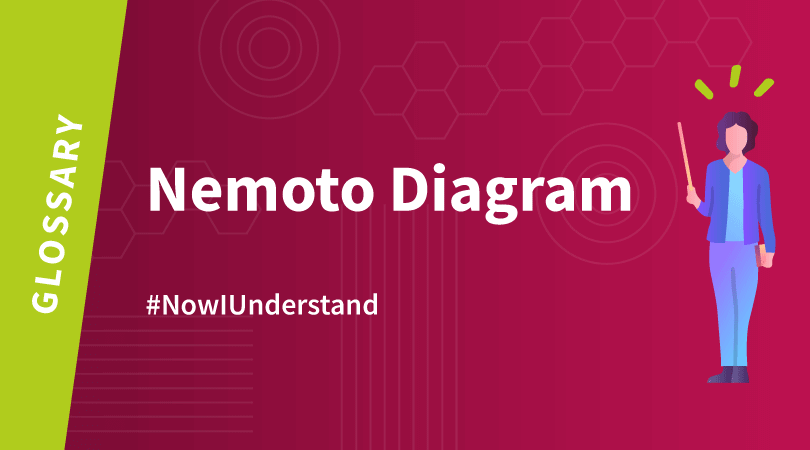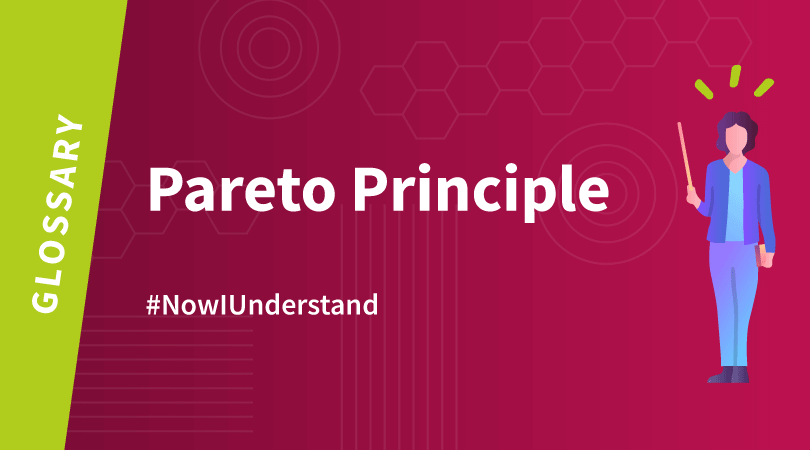It’s not just web browsers that have lots of tabs permanently open with no apparent rhyme or reason; project managers often find themselves in the same uncomfortable position as they juggle tasks without having the time or capacity to really concentrate properly on any one of them. With questions surrounding communication issues, duplicate effort, potential errors and delays in project progress, the management of employees’ work flows and energy now demands new tools; the highly-visual Kanban method, originally used in the Japanese car industry, could deliver some very beneficial answers. The following shows how.
The origins of the Kanban method
Used in Toyota plants in the late 1950s, the Kanban method is where the origins of lean production management are found. While Taiichi Ohno is generally seen as its inventor, the idea dates back to the 1930s. Toyota managers at the time had noticed that supermarket employees in the United States re-stocked shelves solely on the basis of what customers had bought, and not on the basis of what was in stock. The concept of “just in time” had just been born, and Toyota would later adopt this new approach, whereby inventory matches demand, so as to bring about much greater quality and higher returns.
The “Kanban” method gets its name from the small visual card that forms the link between upstream and downstream in a production line, and enables each workstation to communicate what it is expecting of others. In practical terms, when a workstation reaches a certain level of parts consumption, it detaches the corresponding Kanban card and delivers it to the upstream workstation, this equating to an order to manufacture those parts. When the parts ordered are delivered, the Kanban card is also returned to the initial workstation.
Lying at the heart of Lean Management, the Kanban method’s objective is therefore to balance production and demand, by limiting stocks of work-in-progress and therefore waste.
A visual dimension perfectly suited to certain projects
The Kanban method consequently focuses on real-time, visual communication to provide effective circulation of information about tasks to be performed and better collaboration. It was therefore natural for the technique to be transposed to project management, especially in software development but also in other areas.
Pragmatically-speaking, the Kanban method encourages tasks to be split up in the form of visual cards including valuable information about the objective, context, etc., spread across a board consisting of at least three or four columns, with:
- To do
- In progress
- Check pending
- Complete
However, Kanban does have its limitations, and is not suitable for every type of project. There can be no dependency connections between several cards. Using this method can therefore make a project with a number of tasks that are interdependent on each other unnecessarily complicated, because deadlines will be less visible.
In other situations, the Kanban method remains a simple and effective system focused on better visual communication. Taking the old adage that “a picture is worth a thousand words” as its start point, Kanban enables visuals to be used to simplify information processing. Everything becomes much clearer for employees, which is why this principle, encouraging flexibility as it does, lies at the origin of the agile methods spreading like wildfire across software development projects.
To return to its origins and the Toyota production department, the Kanban method was also extended to the “Obeya”, or “large room” in Japanese, where all information is displayed then dealt with during short, regular meetings. Kanban and Obeya both put visual management to use in collaborative working to speed up decision-making and consequently improve performance.
Kanban: the five key principles for project management
The simplicity of the Kanban method should not mean the five key principles to ensure successful implementation in your project portfolio management are overlooked:
- Visualise the work: making all the tasks to be performed visible provides a better view of project progress overall, and identifies potential bottlenecks, queues and tasks that are holding up other work. This helps employees to determine how quickly the project is progressing and where they need to concentrate their efforts.
- Limit work in progress: to maximise Kanban’s efficiency, it is vital to limit the number of incomplete tasks (work in progress) to reduce the time spent on re-assessing priorities and maintain peace of mind about the project. Employees can then concentrate on the main point - delivering quality work.
- Simplicity of work flow: employees must stay close to Kanban’s original philosophy which aims to implement simple processes to achieve efficiency gains. By staying focused on this principle without falling into the trap of increasing the number of tasks or columns or both, employees will be certain to create value more quickly.
- Make policies explicit: like any system or method, Kanban needs to be first defined and then communicated clearly so that all employees understand the objective sought and how to buy into the process in order to best work with other team members.
- Implement feedback loops: lastly, for the process to run successfully over the long term, an analysis is required of what works well and what could be improved. Feedback meetings to examine projects and problems solved could consequently be organised regularly to gain some perspective on the process and form part of a real continuous improvement process.
If you want to run successful projects, start by briefing your employees on best practice, using our expert opinion to do so:




